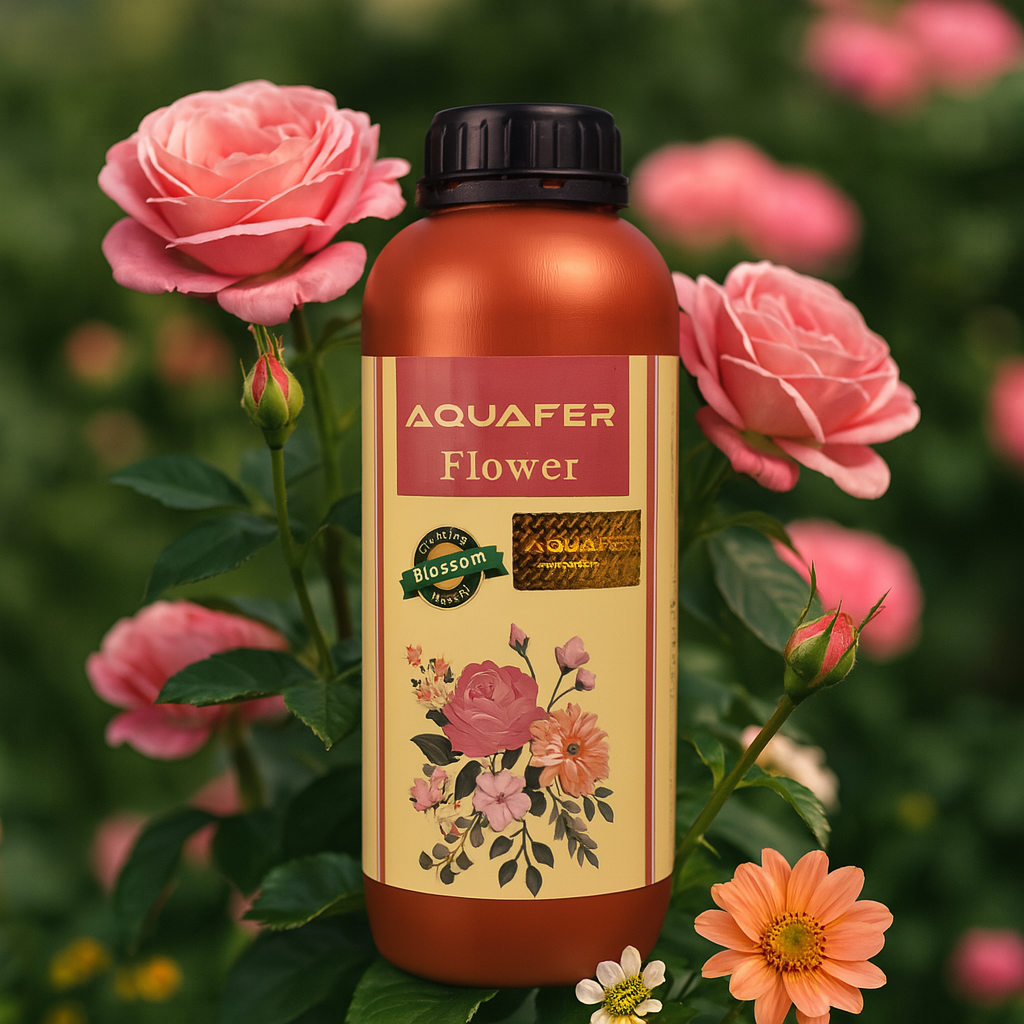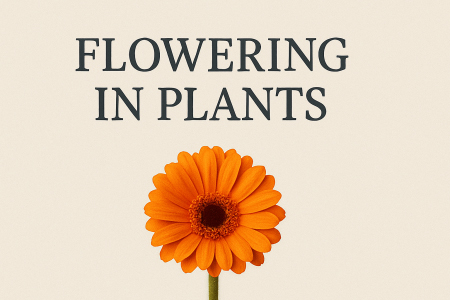FLOWER
Flowering in Plants: An Essential Process for Reproduction
Flowering is a fundamental process in the life cycle of most plants. It is the stage at which a plant produces flowers, the reproductive structures that facilitate the production of seeds and the continuation of the plant species. Flowering plays a crucial role in plant reproduction, enabling them to reproduce sexually and diversify their genetic material.

The Importance of Flowering
Flowering marks the transition from vegetative growth to reproductive growth. It is a critical event that signals the plant’s readiness to reproduce. The production of flowers ensures that the plant can produce seeds, which are necessary for the next generation of plants. In some species, flowering is also linked to the attraction of pollinators, which helps in the fertilization process.
The Mechanism of Flowering
The process of flowering is regulated by both internal and external factors. Internally, plants rely on hormonal signals to initiate and regulate flower development. The key hormones involved are:
-
Gibberellins: These hormones promote the initiation of flowering.
-
Auxins: They play a role in flower bud development.
-
Cytokinins: Involved in cell division and growth during flowering.
Externally, environmental factors such as light, temperature, and water availability can influence the timing of flowering. Many plants require specific light conditions, such as daylength, to flower. For example, some plants are long-day plants, which require extended daylight hours to flower, while others are short-day plants that flower when the nights are longer.
Pollination and Fertilization
Once the flowers bloom, they are ready for pollination, which can occur through various mechanisms:
-
Wind Pollination: Some plants release pollen into the air, where it is carried by the wind to other flowers.
-
Animal Pollination: Many plants rely on insects, birds, or bats to transfer pollen from one flower to another.
-
Self-Pollination: In some plants, pollen from one flower can fertilize the same flower or another flower on the same plant.
After pollination, fertilization takes place when the male sperm cell fuses with the female egg cell, leading to the formation of seeds. The fertilized flowers then begin to produce fruits, which contain the seeds that will germinate into new plants.
Factors Influencing Flowering
Several factors can affect the timing and success of flowering:
-
Light: The duration and intensity of light play a critical role in triggering flowering. Plants have photoreceptors that respond to changes in light and initiate the flowering process accordingly.
-
Temperature: Many plants require a period of cold temperatures (vernalization) to trigger flowering, especially in temperate regions.
-
Nutrient Availability: Adequate nutrient levels are essential for healthy flowering, as plants need energy and resources to develop and sustain flowers.
Conclusion
Flowering is an extraordinary process that not only ensures the survival and propagation of plant species but also contributes to the beauty and diversity of the natural world. Understanding the mechanisms behind flowering, the factors that influence it, and the vital role it plays in plant reproduction is crucial for both botanists and gardeners alike. Whether through attracting pollinators or producing seeds for the next generation, flowering remains one of the most significant and fascinating processes in plant biology.



